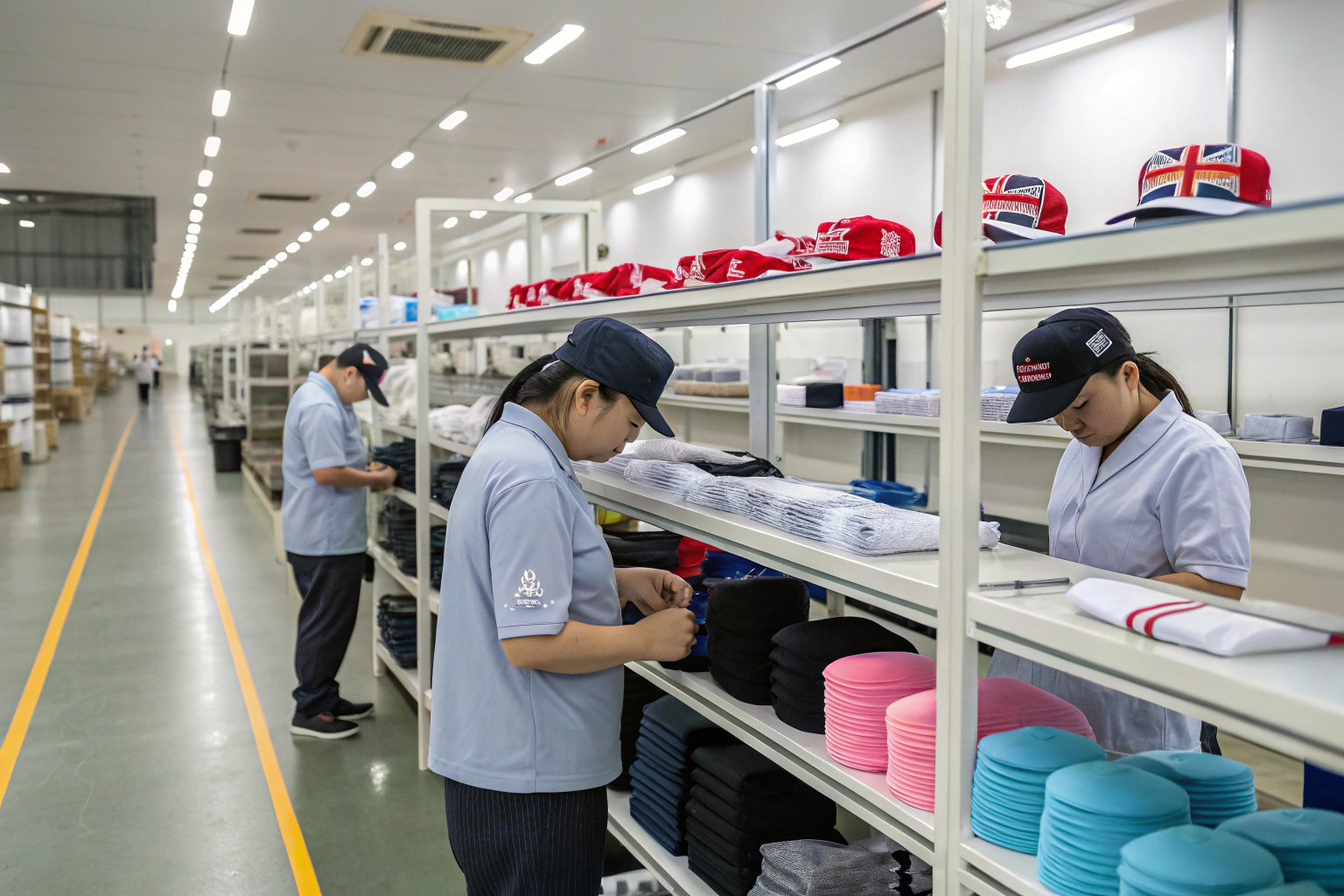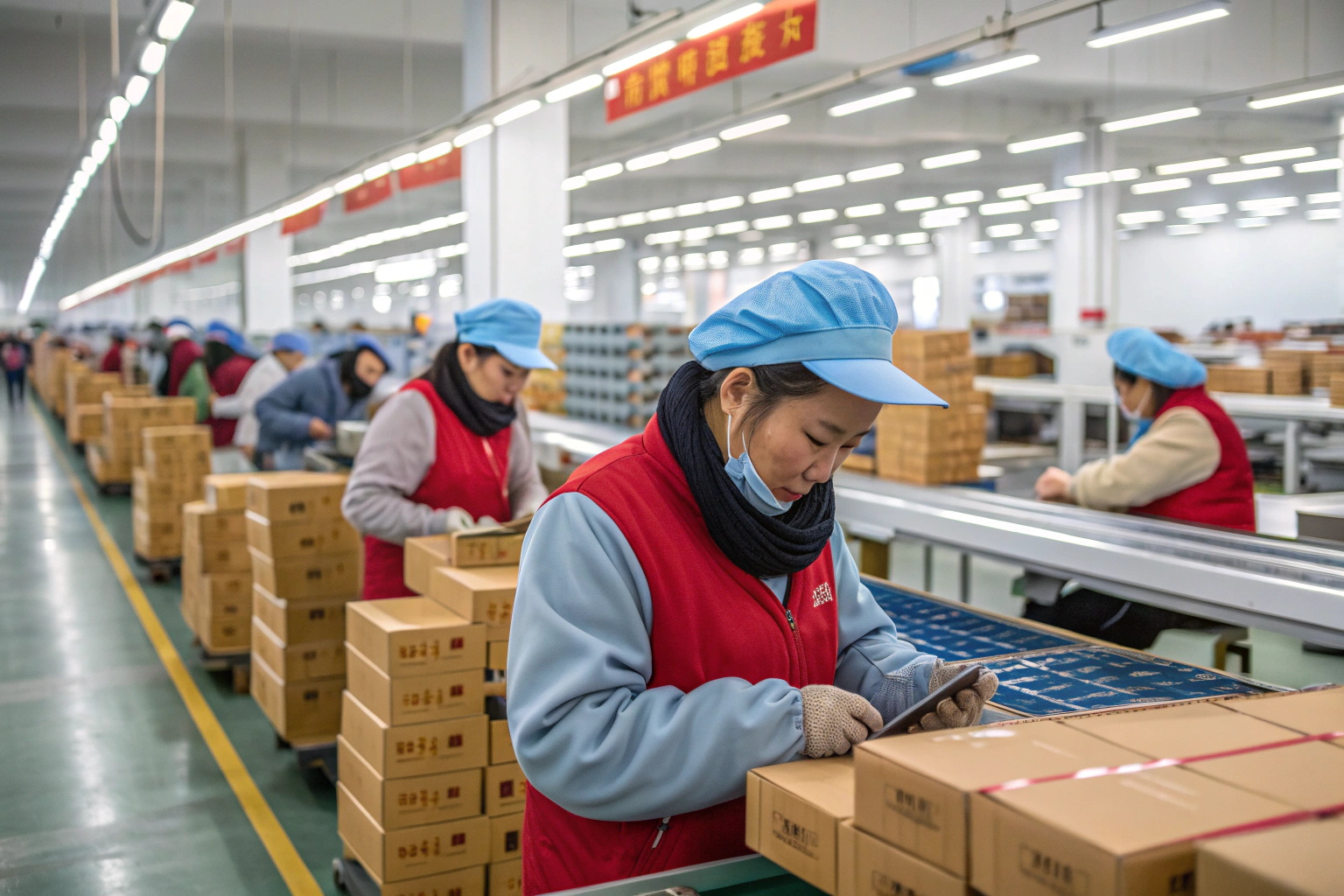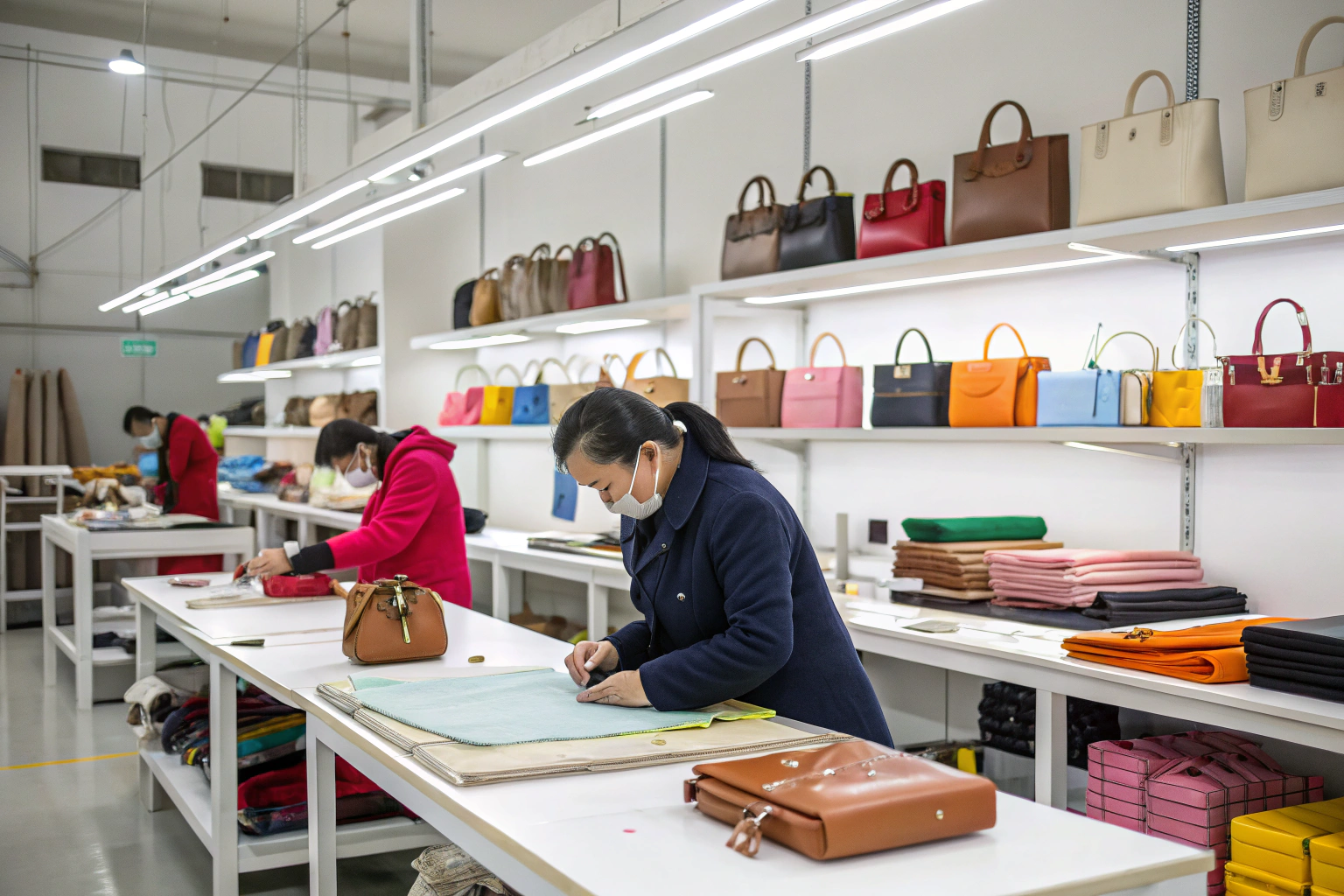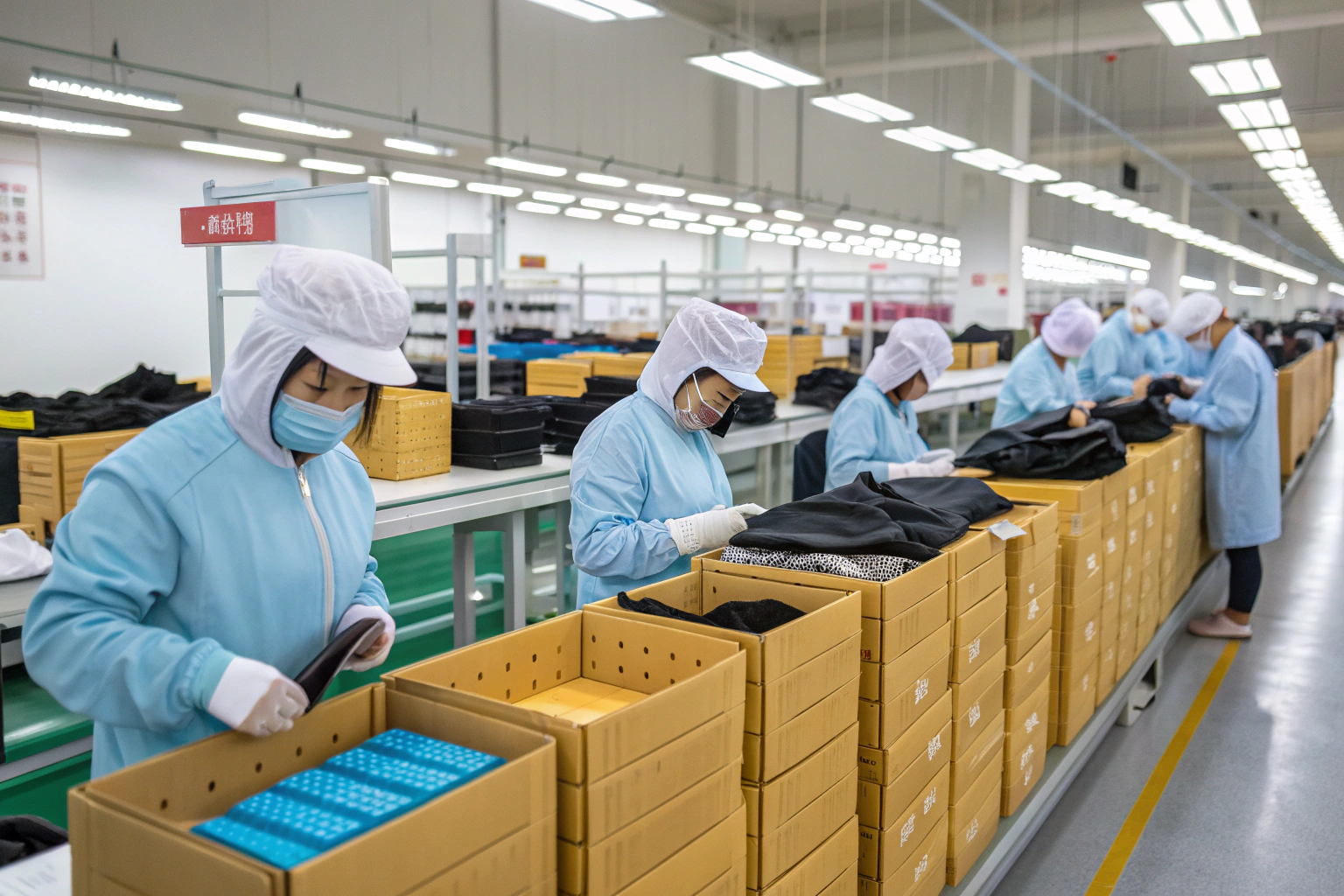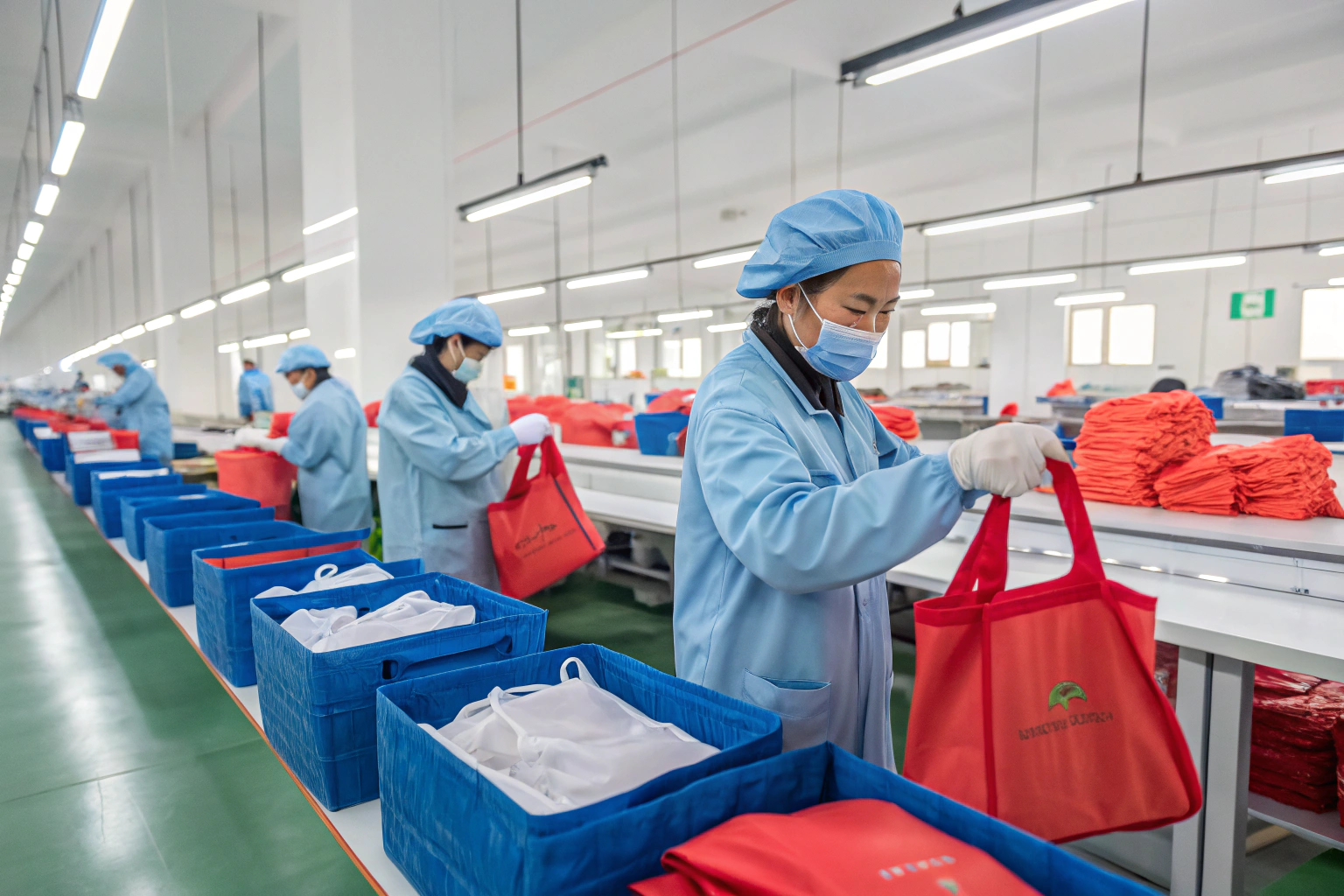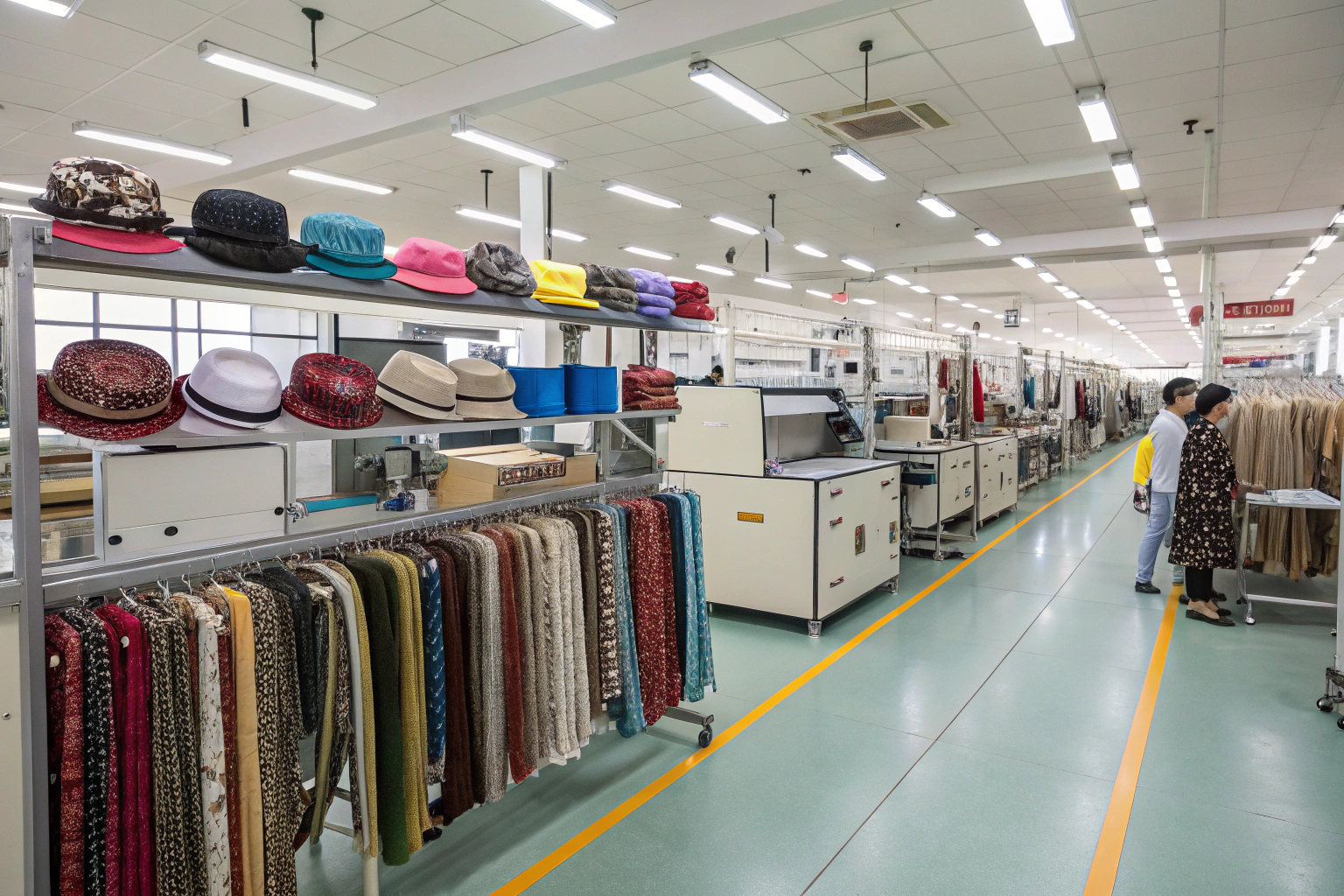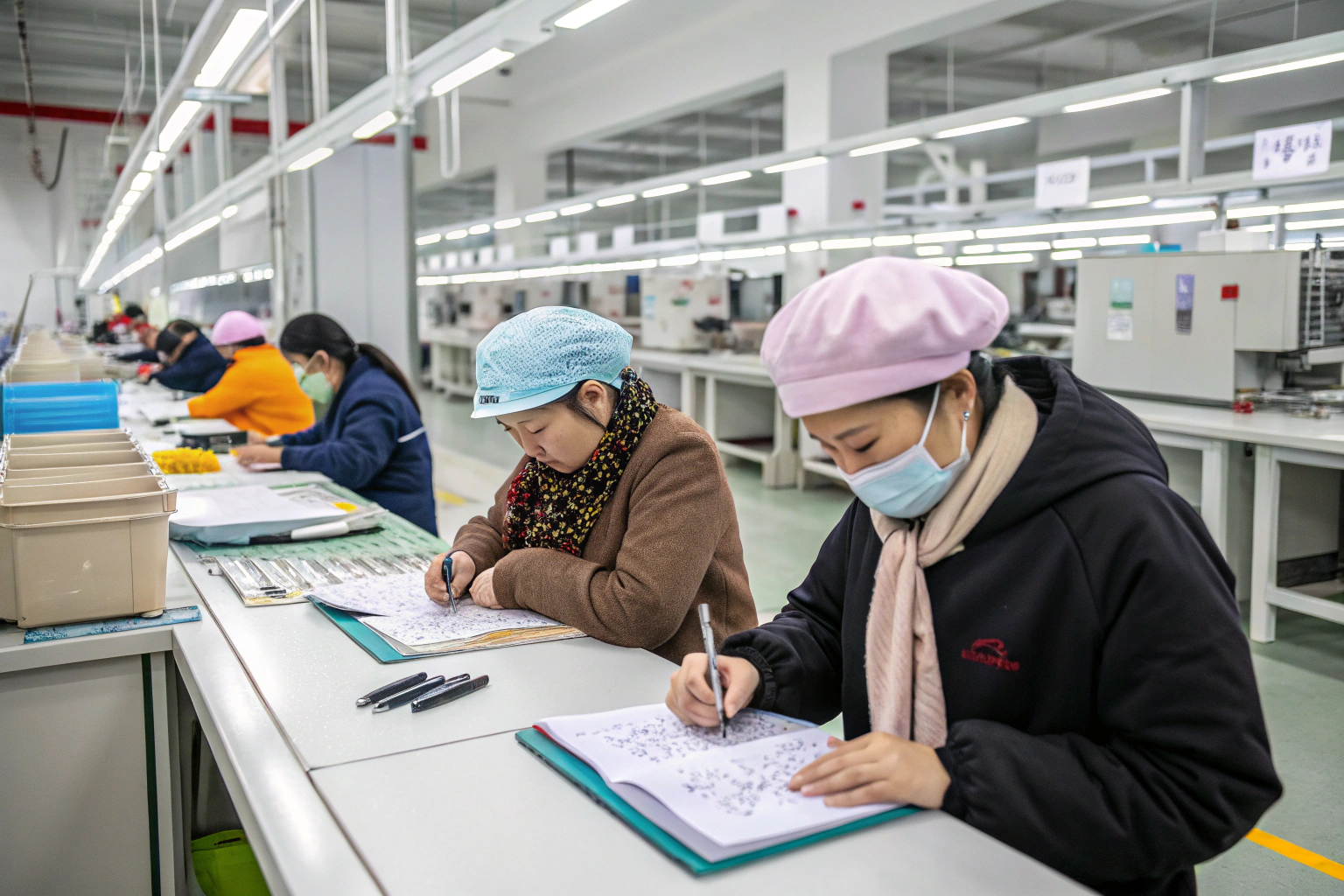As a professional accessories manufacturer exporting to the UK, we know that compliance with UKCA (UK Conformity Assessed) marking is more than just a formality — it is a business necessity. Many European and American buyers require it to ensure their products meet the UK’s safety, health, and environmental protection standards. Over the years, I’ve personally overseen multiple compliance processes, working closely with our quality control team, certification bodies, and UK-based clients to make sure every item leaves our Zhejiang factory ready for smooth entry into the UK market.
At AceAccessory, we take a proactive approach to UKCA compliance, starting from product design all the way to final shipment. This means every accessory we export to the UK is tested, documented, and certified in line with UKCA requirements before it even leaves our warehouse. Our customers benefit from fewer customs delays, lower risk of product recalls, and greater trust from UK retailers.
UKCA rules can be complex, especially since they replaced the CE mark for most goods entering Great Britain. But for our UK clients, we’ve turned that challenge into a competitive advantage. In the sections below, I’ll share exactly how we manage this process — from designing compliant products, to testing, labeling, and coordinating logistics — so you can be confident in our ability to deliver safe, market-ready accessories.
Understanding UKCA Requirements for Accessories
For many buyers outside the UK, UKCA can seem like a confusing replacement for CE marking. This is especially true in the accessories sector, where products like belts, hats, and scarves may fall under different safety directives depending on their materials and use. If you plan to sell in Great Britain, UKCA is mandatory for most regulated products.
At AceAccessory, we break down UKCA compliance into clear steps so our clients understand the process. We first identify which UK directives apply to the accessory, whether related to textile safety, child use, or hazardous substances. We then arrange for product testing through accredited UK or EU labs to ensure full conformity.
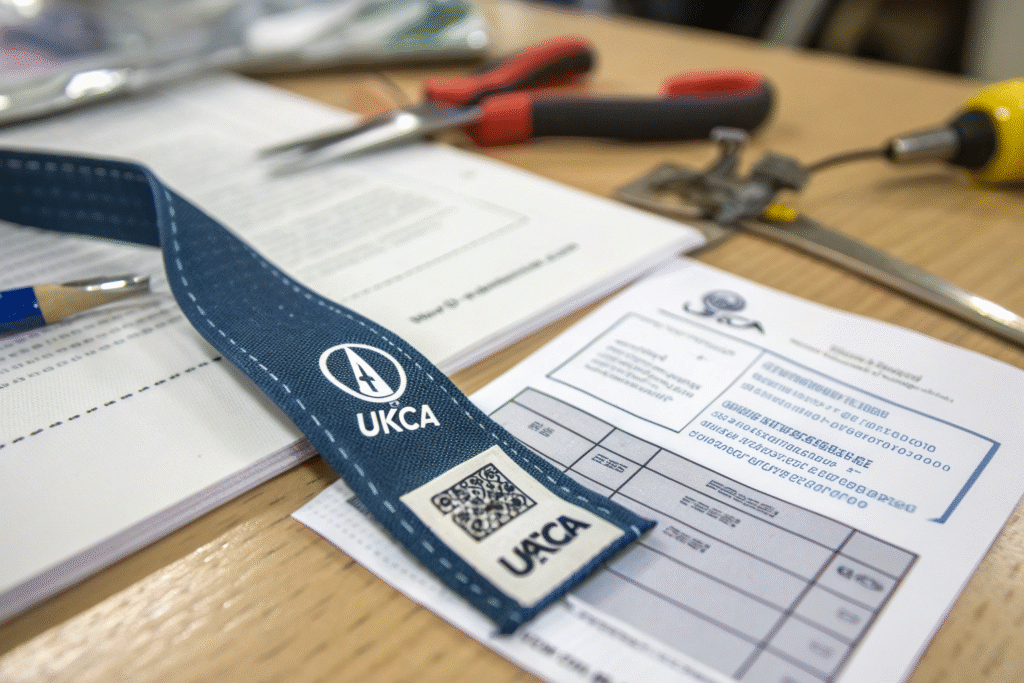
What testing is required for UKCA compliance?
Testing requirements vary, but most accessories undergo assessments for physical safety (sharp edges, choking hazards for children’s items), chemical content (compliance with REACH regulations for restricted substances), and durability. For example, our children’s hair clips are tested for small parts safety, while leather belts are checked for chromium VI content. We work with trusted labs such as Intertek to ensure all testing reports are valid for UKCA declaration.
How does documentation work for UKCA marking?
After successful testing, we prepare a Declaration of Conformity, which lists the applicable UK regulations, the test results, and our manufacturing details. This document is stored for at least 10 years, as required by law. We also label the product or its packaging with the UKCA mark, ensuring it’s visible and permanent. Our logistics partners help ensure that all compliance paperwork is included with shipments to avoid border issues.
Designing Accessories with Compliance in Mind
Many factories only think about UKCA compliance after the product is finished. At AceAccessory, we integrate compliance into the design stage. This not only saves time and cost, but also ensures that the product meets market requirements from day one.
We start by sourcing materials that are already certified to meet UK standards, such as OEKO-TEX certified fabrics or REACH-compliant metals. Our design team works closely with our compliance manager to adjust patterns, trims, or packaging before samples are made.

How do you choose materials for UKCA compliance?
We only work with suppliers who can provide traceable material certification. For example, fabric suppliers with OEKO-TEX Standard 100 certification help us avoid harmful dyes and chemicals that could fail UK tests. Metal components like belt buckles are sourced from vendors with proven low heavy-metal content, verified by Bureau Veritas.
How does packaging design affect compliance?
Packaging may seem secondary, but it can affect UKCA marking. Certain packaging materials must comply with UK Packaging Waste Regulations, and all labels must display the UKCA mark correctly. We also ensure that any warnings or instructions are printed in clear English and positioned where they won’t be removed during retail handling. Our packaging compliance partner provides updated guidelines so our designs stay on track.
Working with Certification and Testing Bodies
Certification is at the heart of UKCA compliance. We maintain long-term relationships with multiple accredited bodies to streamline the process. Our project managers coordinate with these partners so clients get faster approvals and lower testing costs.
We also schedule periodic re-testing for repeat orders, since regulations or material sources may change over time.
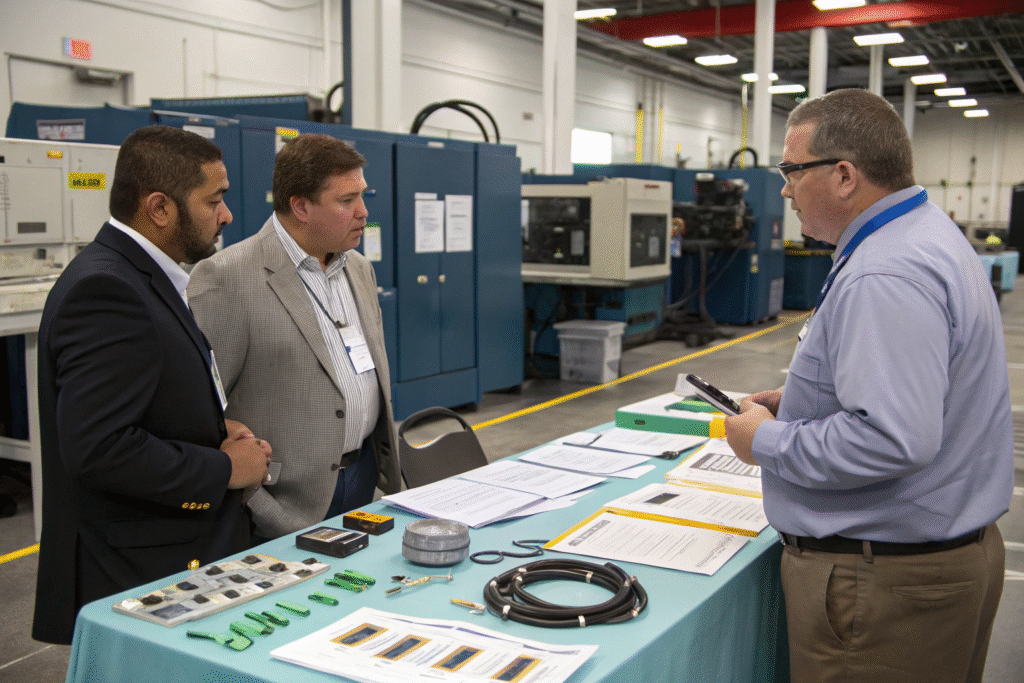
How do you select a trusted certification partner?
We evaluate labs based on accreditation, turnaround time, and cost-effectiveness. Many of our UK buyers prefer that we work with labs recognized by the UK government, such as BSI Group or SATRA. This ensures that certificates are accepted without question at UK ports.
What happens if a product fails UKCA testing?
Failure can occur if materials don’t meet standards or if design elements pose safety risks. When this happens, we immediately stop production, rework the product, and re-test it. This avoids the risk of non-compliant goods entering the market. Our partnership with SGS means we can often get re-testing done in days instead of weeks, minimizing shipment delays.
Logistics and Labeling for UKCA-Compliant Shipments
Once compliance is confirmed, logistics becomes the final step. UKCA marking must be on the product or packaging before it leaves our facility, and all paperwork must travel with the shipment.
Our warehouse team inspects every carton to ensure labels are correct and legible. We also coordinate with freight forwarders to confirm that customs declarations match the compliance documents.
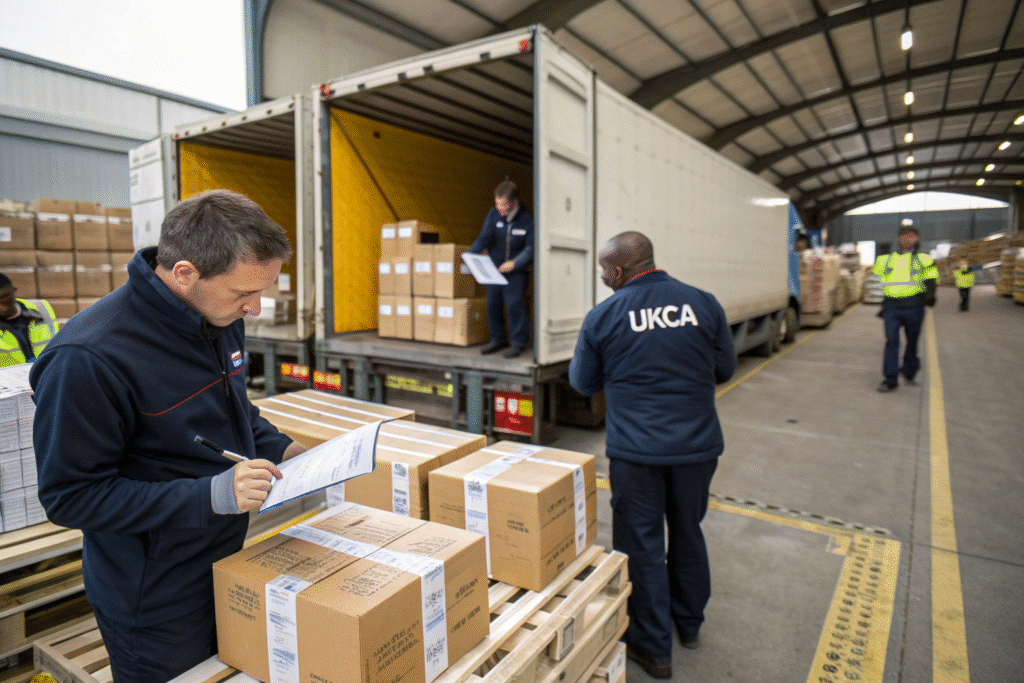
How do you prevent customs clearance issues in the UK?
By preparing complete compliance documentation, including test reports, the Declaration of Conformity, and shipment details, we minimize inspection delays. We also work with UK freight experts who know the requirements for UKCA-marked goods, ensuring smooth entry.
What labeling mistakes cause problems at UK ports?
Common issues include missing UKCA marks, wrong label size, or marks placed where they’re not visible. We follow UK government labeling guidance exactly, which specifies size, proportion, and placement. Our QC team checks every batch before sealing the cartons.
Conclusion
Managing UKCA compliance for accessories requires a coordinated effort across design, sourcing, testing, and logistics. At AceAccessory, we’ve built a system that ensures every product meets UK regulations before it ships. This protects our customers from legal risks and strengthens their position in the UK market.
If you want to develop UKCA-compliant accessories with a trusted partner in China, contact our Business Director Elaine at elaine@fumaoclothing.com to start your next project.

